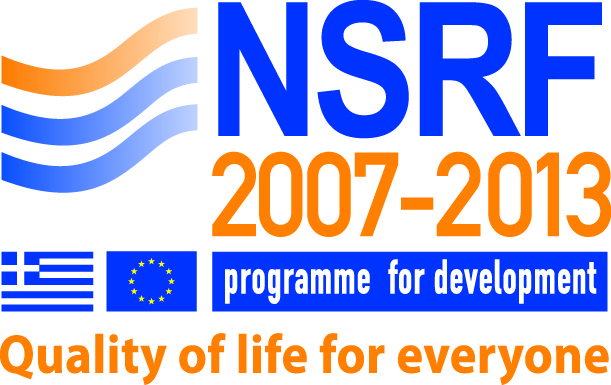Please use this identifier to cite or link to this item:
https://olympias.lib.uoi.gr/jspui/handle/123456789/24555Full metadata record
| DC Field | Value | Language |
|---|---|---|
| dc.contributor.author | Emfietzoglou, D. | en |
| dc.contributor.author | Nikjoo, H. | en |
| dc.date.accessioned | 2015-11-24T19:41:54Z | - |
| dc.date.available | 2015-11-24T19:41:54Z | - |
| dc.identifier.issn | 0033-7587 | - |
| dc.identifier.uri | https://olympias.lib.uoi.gr/jspui/handle/123456789/24555 | - |
| dc.rights | Default Licence | - |
| dc.subject | Computer Simulation | en |
| dc.subject | *Electrons | en |
| dc.subject | *Linear Energy Transfer | en |
| dc.subject | *Models, Chemical | en |
| dc.subject | Radiation Dosage | en |
| dc.subject | Radiometry/*methods | en |
| dc.subject | Reproducibility of Results | en |
| dc.subject | Sensitivity and Specificity | en |
| dc.subject | Solutions | en |
| dc.subject | Water/*chemistry | en |
| dc.title | The effect of model approximations on single-collision distributions of low-energy electrons in liquid water | en |
| heal.type | journalArticle | - |
| heal.type.en | Journal article | en |
| heal.type.el | Άρθρο Περιοδικού | el |
| heal.identifier.secondary | http://www.ncbi.nlm.nih.gov/pubmed/15606313 | - |
| heal.language | en | - |
| heal.access | campus | - |
| heal.recordProvider | Πανεπιστήμιο Ιωαννίνων. Σχολή Επιστημών Υγείας. Τμήμα Ιατρικής | el |
| heal.publicationDate | 2005 | - |
| heal.abstract | The development of cross sections for the inelastic interaction of low-energy electrons with condensed tissue-like media is best accomplished within the framework of the dielectric theory. In this work we investigate the degree to which various model approximations, used in the above methodology, influence electron single-collision distributions. These distributions are of major importance to Monte Carlo track structure codes, namely, the energy-loss spectrum, the inelastic inverse mean free path, and the ionization efficiency. In particular, we make quantitative assessment of the influence of (1) the optical data set, (2) the dispersion algorithm, and (3) the perturbation and exchange Born corrections. It is shown that, although the shape and position of the energy-loss spectrum remains almost fixed, its peak height may vary by up to a factor of 1.5. Discrepancies in the calculated inelastic inverse mean free path are largely within 20-30% above 100 eV; they increase drastically, though, at lower energies. Exchange and perturbation Born corrections increase gradually below 1 keV leading to a approximately 30 to 40% reduction of the inverse mean free path at 100 eV. The perturbation effect contributes more than the exchange effect to this reduction. Similar to the dispersion situation, the effect of Born corrections at lower energies is also unclear since the models examined disagree strongly below 100 eV. In comparison, the vapor data are higher than the liquid calculations by 20 to 50% as the energy decreases from 1 to 0.1 keV, respectively. The excitation contribution is the main cause of this difference, since the ionization efficiency in the liquid levels off at approximately 90%, whereas the plateau value for the vapor is approximately 70%. It is concluded that electron inelastic distributions for liquid water, although in some respects distinctively different from the vapor phase, have associated uncertainties that are comparable in magnitude to the phase differences. The situation below 100 eV is uncertain. | en |
| heal.journalName | Radiat Res | en |
| heal.journalType | peer-reviewed | - |
| heal.fullTextAvailability | TRUE | - |
| Appears in Collections: | Άρθρα σε επιστημονικά περιοδικά ( Ανοικτά) - ΙΑΤ | |
Files in This Item:
There are no files associated with this item.
This item is licensed under a Creative Commons License





